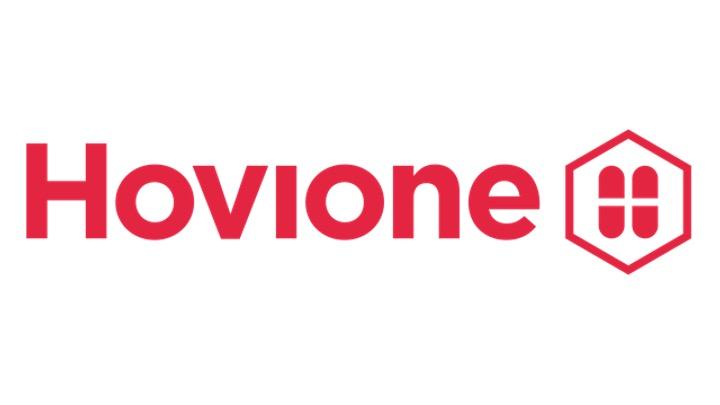Cork, Ireland -- Hovione announced at the Ophthalmology Innovation Summit (OIS) Dry Eye Showcase the successful completion of its Phase 2 clinical trial in 270 patients with Dry Eye caused by Meibomian Gland Dysfunction (MGD). The well controlled and representative study was conducted across 26 clinical sites in the United States and tested 2 different strengths of minocycline against vehicle in a 1:1:1 randomization. This is the first dry eye therapy targeting MGD patients with ocular inflammation demonstrated by an MMP-9 based diagnostic and the first and only ophthalmic formulation of minocycline in clinical development, contingently named Meizuvo®.
The study observed superior clinical outcome in the 70% of patients with positive inflammatory biomarker at baseline, who achieved statistically significant (p=0.02) improvement of 25 points in the Visual Analogue Scale (VAS) discomfort after 2 weeks of treatment, dropping further to 35 points by the end of treatment (an improvement greater than 50%). The sign endpoint inferior Cornea Fluorescein Staining, which is a measure of corneal damage in dry eye, had a statistically significant improvement against vehicle in both active arms at day 57 (p=0.009). The product was safe and well tolerated with less than 3% of subjects reporting blurring vision or eye irritation.
Carla Vozone, Vice President of the innovative proprietary portfolio at Hovione commented: “The correlation between the patients with a positive MMP-9 assay at baseline and the clinical improvement observed in both signs and symptoms of dry-eye was groundbreaking”. Ms. Vozone explained that investigational Meizuvo® not only has the potential of adding a much needed treatment specific for assay recognized inflammation, but could also reduce the risk of failure in the pivotal studies by inclusion of the patient sub-set most responsive to the drug. OIS panelists, who shared their Clinical Perspectives, consensually identified chronic inflammation as the underlying cause of Dry Eye Disease highlighting the relevance of diagnostics to recognize such inflammation.
George Magrath, M.D., CEO of Lexitas Pharma Services stated “We were thrilled with the opportunity to work on this exciting project. Minocycline is a well-known molecule for ophthalmologists and there is significant excitement from the ophthalmology community regarding the potential for a topical alternative. The results in the overall population were encouraging in both signs and symptoms. The results in the inflamed group of subjects were impressive with consistent statistically significant results in key dry eye signs and symptoms.”
About Minocycline Ophthalmic
Meizuvo® (contingent brand name), is the first minocycline repurposed for ophthalmic administration, targeting a novel indication for inflamed MGD. It is a preservative-free formulation enabled by Hovione’s proprietary minocycline base which is stabilized as a microparticle in a novel vehicle. The highly tolerable formulation maximizes bioavailability, efficacy and reduces systemic effects. Tetracyclines have been known to treat MGD through anti-inflammatory activity and inhibition of matrix metalloproteinases (MMPs). Minocycline is of particular interest due to its lipophilic nature and resultant affinity to the meibomian gland. Previous research also suggests lipase inhibition effect, which decreases meibomian gland lipid degradation and consequently avoids the release of fatty acids, a synergistic mechanism of downregulating the inflammatory process. As such, minocycline has the potential to address several of the mechanisms that lead to the chronic nature of MGD.
About Inflamed Meibomian Gland Dysfunction
MGD is a highly prevalent, chronic condition in the eyelid glands which alters the lipid composition of the tears and triggers evaporation-induced tear hyperosmolarity. Evaporative Dry Eye, which affects 27 million people in the USA, constitutes approximately 80% of all Dry Eye Disease and is largely caused by MGD. The pathophysiological changes of the meibomian gland and tear film instability trigger an inflammatory cascade which results in increased matrix metalloproteinase (MMP-9). Left untreated, the MMP-9 activity in the tear will disrupt the corneal epithelial barrier and induce damage of the ocular surface causing ocular irritation and visual morbidity in dry eye patients.
Hovione’s presentation made by Courtney Smith, Director of Business Development & Licensing is accessible here https://ois.net/ois-dry-eye-innovation-showcase-hovione-video/
For more information please email csmith@hovione.com
Contact
Isabel Pina | Director External Communications
ipina@hovione.com |Tel.: 0035121 982 9362


